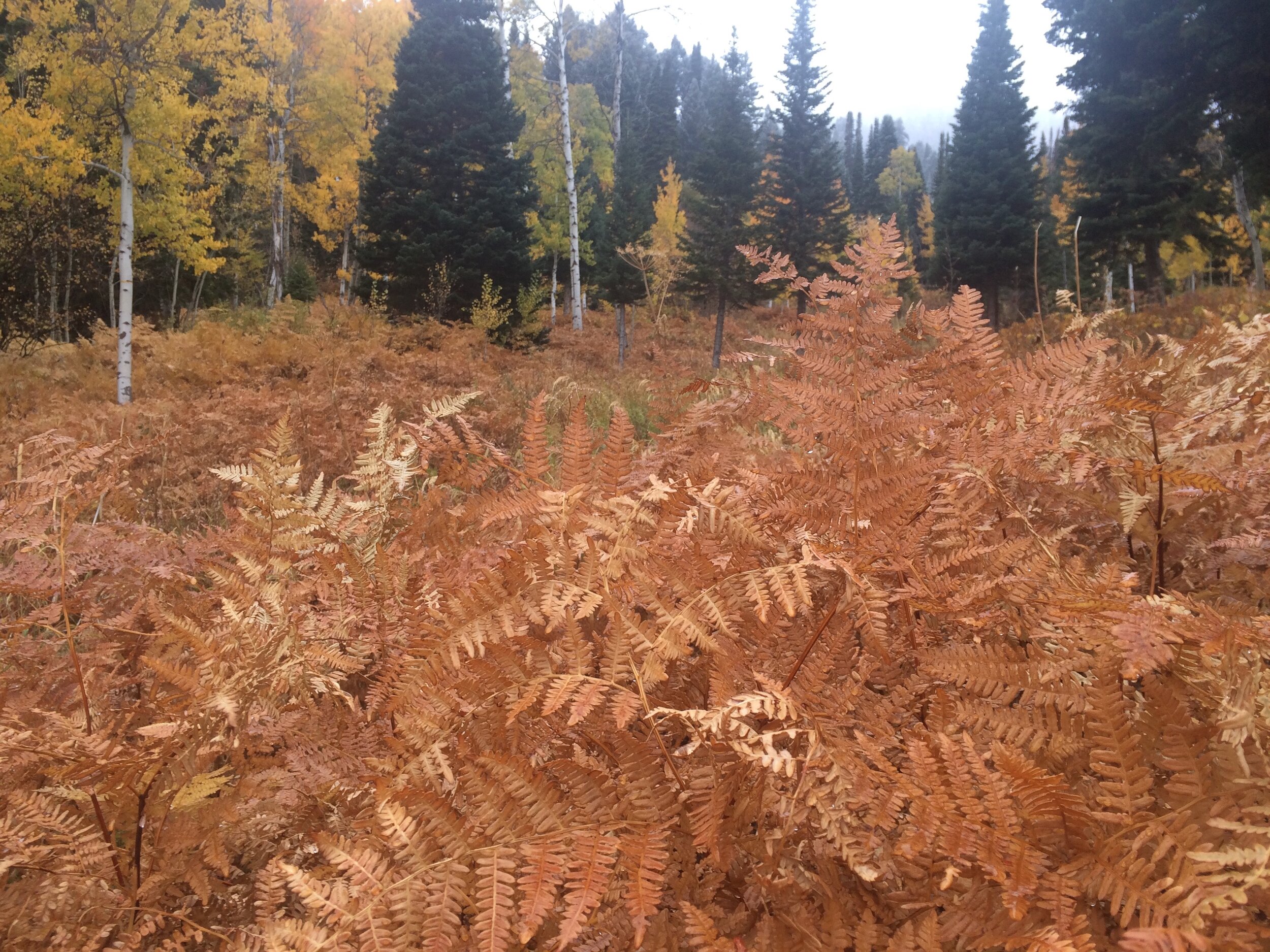I became fascinated with the study of the Underground Railroad (UGRR) some years ago. From 1619, when the first slaves arrived in Virginia, to 1913, when Harriet Tubman died, slavery and the underground movement it spawned affected all Americans in some way. Some experts consider this to be the first civil rights movement in the U.S. I agree. All shapes, colors, and sizes of people worked and risked their lives to shepherd enslaved people to freedom. First among these were the enslaved people themselves.
I am also intrigued by the complexities of the UGGR movement. Where there was arrogance and hatred in slavery, there was much compassion and righteousness in the UGGR. That said, there was also much opportunism … which leads me to Patty Cannon; the Bad Girl of the UGRR.
Patty Cannon, who lived on the border of Maryland and Delaware in the early 1800’s, operated a “Reverse Underground Railroad.” She ran her gang—the Johnson Gang—up and down the mid-Atlantic states, where they kidnapped free black people or the escaping enslaved and sold them “down river,” into slavery. The gang was known to run into Pennsylvania, a free state, to kidnap free blacks to sell south. Murder and thievery were just part of the game to Patty. When I first heard about this Bad Girl, I knew that she would be the fire around which I would write a story.
Why is Mitch white and not black?
People ask that honest question and I have an honest answer. When I was creating this story in my mind, the character of Mitch came to me as a white boy. I thought and thought about that and wondered why he wasn’t black, like most 19th century enslaved people in America. Finally, I decided that part of the story was a 21st century white kid’s discovery of how awful a black kid’s life must have been in the 19th century – enslaved or not. I wanted that discovery. I wanted Mitch to have to step into someone else’s shoes and feel almost first-hand what life might have been like for a runaway enslaved person on the UGRR. Unfortunately, if I had made Mitch black, the experience might not have been as unexpected.
What are the themes in Freestyle?
Pick one: The Underground Railroad, Faith, The Power of Your Word, Race and America, Determination, Stepping into someone else’s shoes … or, come up with your own!
What, other than historical facts, inspired me as I wrote Freestyle?
This one is easy. The answer is: music and poetry!! When I read The Slave’s Dream, by Henry Wadsworth Longfellow, I knew dreaming had to play an important role in the book.
The Slave's Dream
by Henry Wadsworth Longfellow
-1842-
Beside the ungathered rice he lay,
His sickle in his hand;
His breast was bare, his matted hair
Was buried in the sand.
Again, in the mist and shadow of sleep,
He saw his Native Land.
Wide through the landscape of his dreams
The lordly Niger flowed;
Beneath the palm-trees on the plain
Once more a king he strode;
And heard the tinkling caravans
Descend the mountain road.
He saw once more his dark-eyed queen
Among her children stand;
They clasped his neck, they kissed his cheeks,
They held him by the hand!--
A tear burst from the sleeper's lids
And fell into the sand.
And then at furious speed he rode
Along the Niger's bank;
His bridle-reins were golden chains,
And, with a martial clank,
At each leap he could feel his scabbard of steel
Smiting his stallion's flank.
Before him, like a blood-red flag,
The bright flamingoes flew;
From morn till night he followed their flight,
O'er plains where the tamarind grew,
Till he saw the roofs of the Caffre huts,
And the ocean rose to view.
At night he heard the lion roar,
And the hyena scream,
And the river-horse, as he crushed the reeds
Beside some hidden stream;
And it passed, like a glorious roll of drums,
Through the triumph of his dream.
The forests, with their myriad tongues,
Shouted of liberty;
And the Blast of the Desert cried aloud,
With a voice so wild and free,
That he started in his sleep and smiled
At their tempetuous glee.
He did not feel the driver's whip,
Nor the burning heat of day;
For death had illumined the Land of Sleep,
And his lifeless body lay
A worn-out fetter, that the soul
Had broken and thrown away!
And “Negro spirituals” rang through my head as I crafted dialogue. I listened to “The Long Road to Freedom Anthology of Black Music,” assembled by Harry Belafonte, for hours on end. This is where I learned of the prayer shout called “Kneebone Bend,” which Big Mo uses to guide Mitch to his hiding place.






